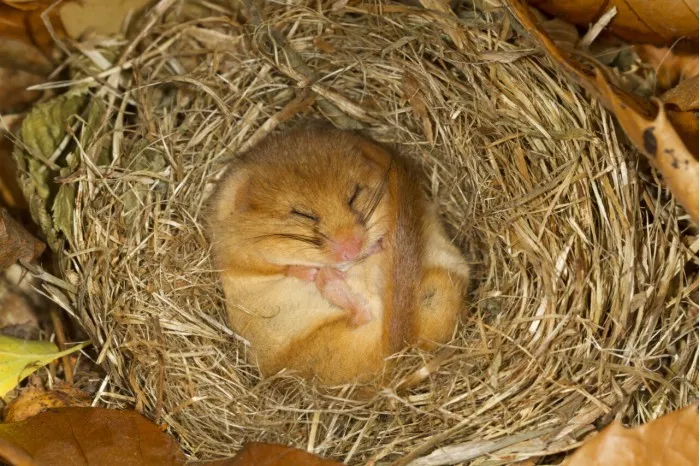Every spring, as the northern days lengthen and the melting snow flows into the stream, sleepy animals from grizzly bears to gophers begin to cheer up from hibernation. It is tempting to say that they "wake up", but hibernation is more complicated and mysterious than simple long sleep If any animal can stay underground for several months without eating or drinking, and can come out to face the world, it is obviously an amazing skill in biology
The list of hibernating animals includes various rodents, some amphibians, and even some primates (several short lemurs), but bears are actually the largest hibernator of all animals. The weight of adult grizzly bears and black bears is as heavy as that of American football players, or even heavier. They have the energy and curiosity of preschool children, but they have no problems during their dormancy for several months. Elena gracheva, a neurophysiologist at Yale University in New Haven, Connecticut, said that it is not easy to explain the arrangement of closing such a large organism. Hibernation is so complex that it needs to adapt at multiple levels.
Gracheva explained that the hibernation of bears provides important insights for large mammals, especially our work. She collaborated with people on the physiology of hibernation in the 2020 annual review of cell and developmental biology. A better understanding of this process may change our approach to a wide range of human diseases, including stroke, osteoporosis, Parkinson's disease and Alzheimer's disease (see sidebar).

The way bears hibernate is very different from other hibernators. Arctic squirrels can temporarily reduce their body temperature to minus 3 degrees Celsius (27 degrees Fahrenheit) without freezing. In contrast, bears lose almost no heat in their winter nests, but they still qualify as hibernators because their metabolism is extremely slow. Brian Barnes, a zoologist at the University of Alaska at Fairbanks, and his colleagues carefully tracked this by studying the hibernation process of black bears in artificial nests more than a decade ago.
The winter residence is actually a room that can measure oxygen intake and carbon dioxide production, which is an important measure of metabolism, while the sensor tracks body temperature. This is the first study that clearly shows that animals can hibernate without cooling down. However, hibernating bears are not just resting for the winter. They really shut down and completely reset the parameters of their daily life. They go in, turn around twoorthree times, and then lie down for six months, and they get up and change their sleeping positions every few days. Hibernation defines the possible external limits of mammalian function.
Researchers found that female bears often feed twins or triplets without eating or drinking during hibernation, using their own fat and water reserves for their young. For humans, this level of lethargy comes at a cost. Whether we recover in hospital beds or take a rocket to Mars, our muscles will wither and our bones will become thinner after a few months of inactivity. Bears have no such problem. Some of the secrets of their strong bones have only now been discovered. In 2021, Barnes and his colleagues published a study showing that hibernating bears can turn off genes related to bone decomposition. The researchers suggest that the same process may one day be manipulated in humans to prevent osteoporosis. This method may be particularly helpful for people who have been lying in bed for a long time. It is the closest way for humans to hibernate at present.